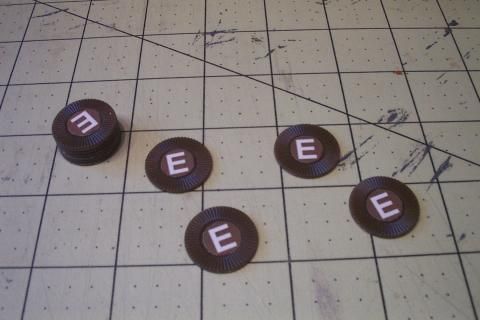I’d rather have cheaper, defenseless transport planes myself.
I think that’s totally reasonable, Midnight_Reaper. You could introduce cheaper air transports into this roster without breaking anything important. My preference is for more expensive air transports because the extra price thematically represents (a) the up-front cost of developing the technology and tactics (nobody has to spend money on researching paratroopers for this roster), and (b) the relatively limited supply of air transport available during World War II. There’s a fun little article below about how most of the American Air Force’s transports were either hastily converted civilian planes, or wooden gliders manufactured in piano factories. If the Americans had to make do with makeshift equipment, you can only imagine what the Italians were using.
https://amcmuseum.org/history/world-war-ii-transport-and-troop-carrier/
Strategically, air transports provide a much deeper threat into enemy territory that requires a much larger garrison. E.g. if you put an assault boat in the English Channel, it threatens Normandy, Holland, Norway, Hanover, and Denmark. If you put an air transport in London, it threatens all of those plus Paris, Marseilles, Gibraltar, Morocco, Milan, Berlin, Poland, Finland, Austria, and Czechoslovakia. It’s not that I expect anyone to fly many air transports into a battle to use as fodder; it’s just that spending 12 bucks on one air transport can force your opponent to spend more than 12 bucks on extra defending infantry.
In terms of rules simplicity, I have tried to eliminate the concept of the “defenseless unit” from my unit roster. I find automatic combat losses to be something of a downer, and I’d rather use that spot in the rulebook for a more interesting rule.
All of that said, again, this is mostly personal preference – if you want a $9 defenseless air transport with 4 movement, that’s almost certainly fine.






